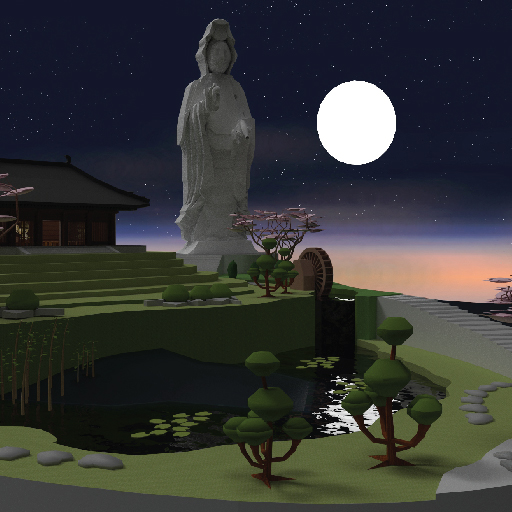

Zen gardens originally consisted of dry landscapes where stones played a central role. This is why Zen gardens are often referred to as "dry" gardens, as they lack water features and usually have few plants. Instead of vibrant flowers and foliage, a Zen garden is a simple bed of raked gravel, punctuated by a few large rocks, and typically enclosed by shrubs. The root term from which "zen" is derived originally refers to a Sanskrit term that signifies "meditation." However, in Japanese, this type of garden is traditionally called karesansui, which is written as 枯山水 and translates to the characters for 'dry', 'mountain', and 'water'.Ī Zen garden is a minimalist dry landscape consisting of natural elements such as rock, gravel, sand, and wood, with minimal plant life and no water. The term karesansui is often translated into English as a Zen garden. In this article, we will delve into the history and significance of Zen gardens, and explore the essential elements that make them so distinctive and appealing. They are also a popular subject of study and inspiration for artists, designers, and architects worldwide. Zen gardens can be found all over Japan and are appreciated for their simplicity and serenity. (The Art of Zen Gardens: An Exploration of Simplicity and Serenity - dans le gris) The art of constructing a Zen garden is based on the principles of simplicity, harmony, and balance, resulting in a garden that emanates tranquility and inspiration. These gardens are carefully crafted to create a peaceful and meditative space for visitors to contemplate the natural beauty of rocks, sand, and gravel arranged in intricate patterns that evoke the grandeur of a landscape. Japanese Zen gardens, also known as Karesansui, Japanese rock gardens, or dry landscape gardens, are a beautiful and unique form of traditional Japanese gardening that has captured the hearts and minds of people worldwide.


 0 kommentar(er)
0 kommentar(er)
